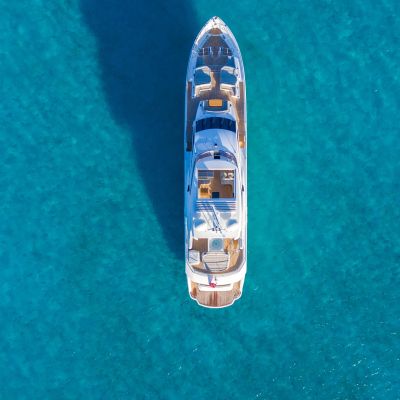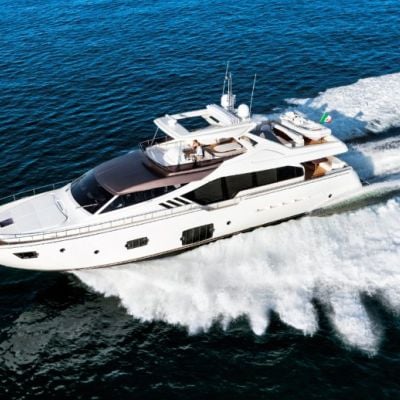Marine Expedition Vehicles Gain Favour
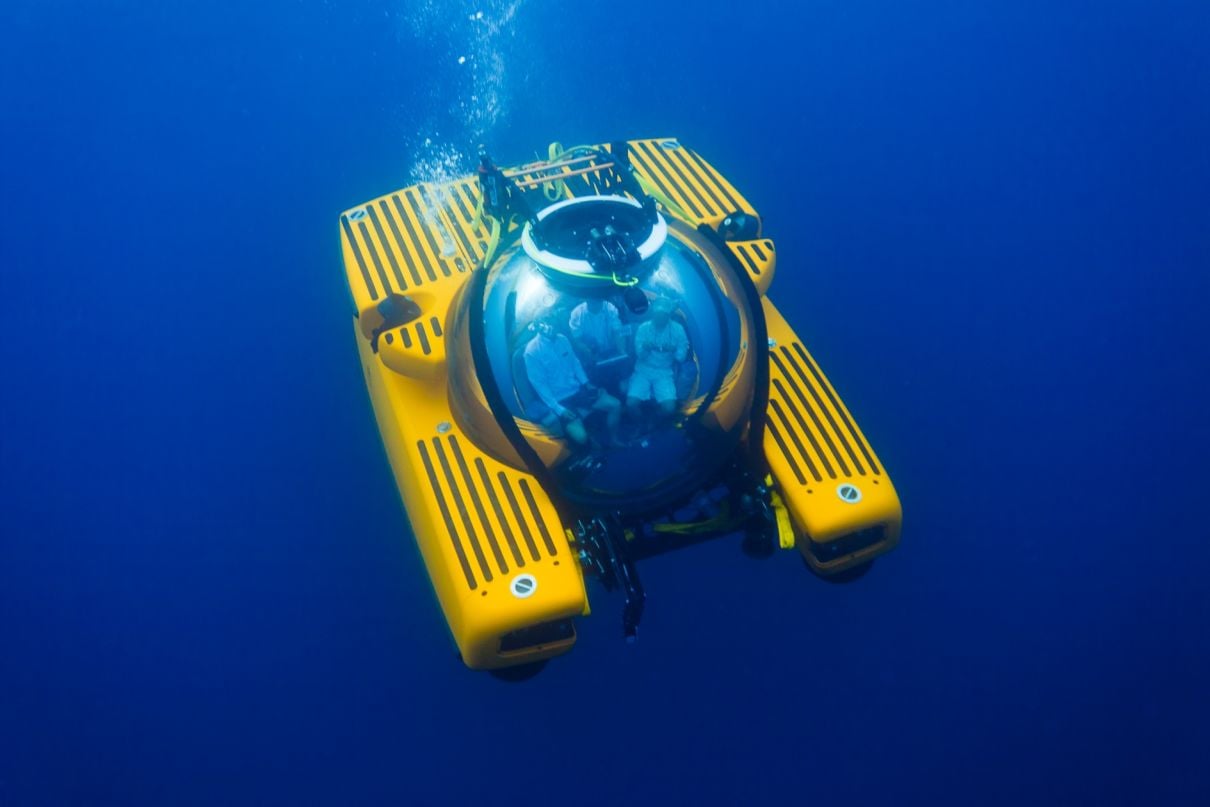
A growing interest in submersibles and explorer yachts is transforming ocean conservation efforts.
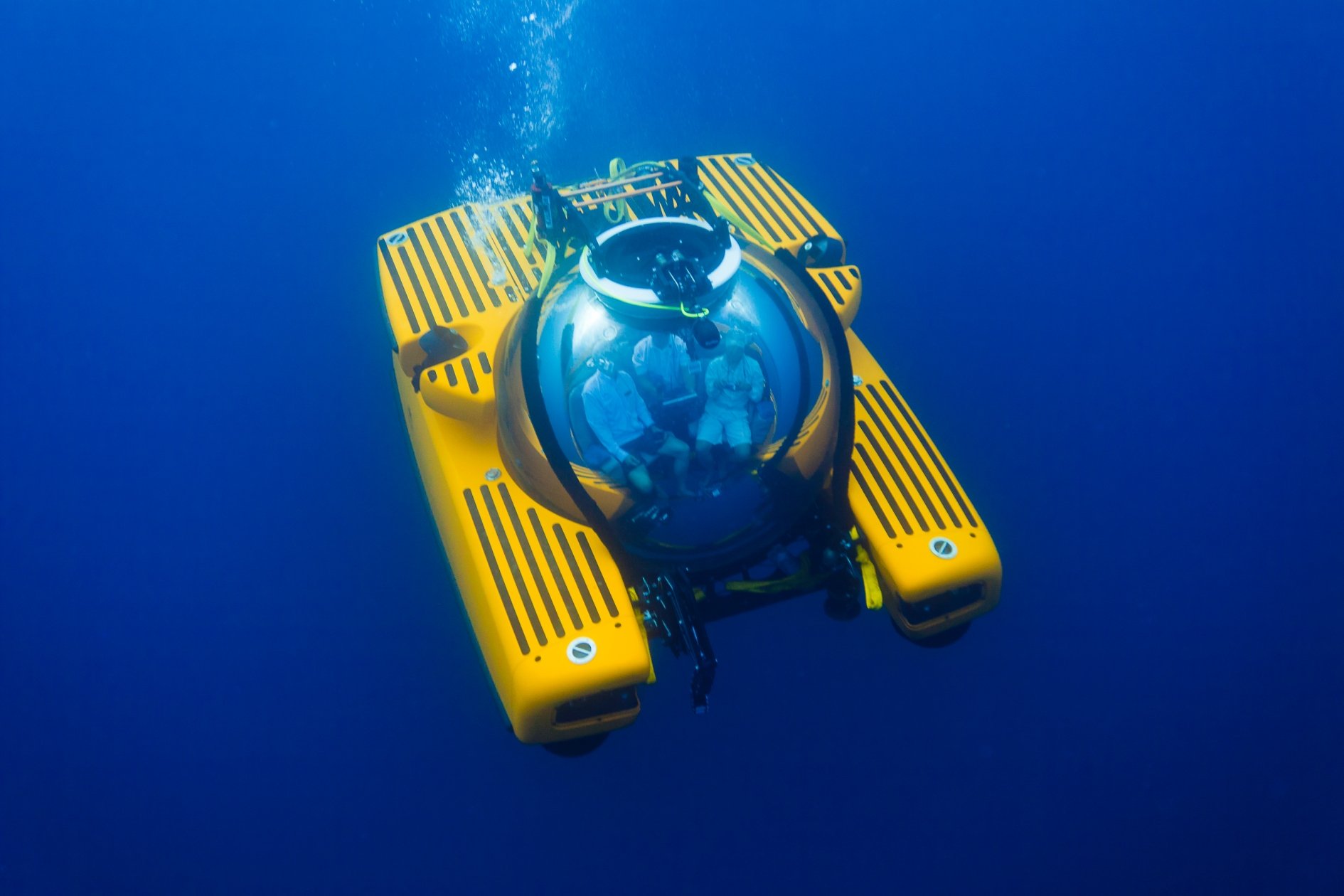
You could say that one of the highest points in Victor Vescovo’s life was also the lowest. Earlier this year the 53-year-old US financier and explorer broke the record for the planet’s deepest dive, a title previously held by film director James Cameron. In a seriously cutting-edge Triton Submersible, in May he drove three-and-a-half hours — nearly 11km — down to the bottom of the Mariana Trench in the Challenger Deep, the planet’s deepest point.
What did he do when he got there? He had a look around and, after discovering three new species of marine animal (along with a plastic bag), he “turned the thrusters off, sat back and enjoyed a tuna sandwich”.
Vescovo’s submersible journey was, in fact, one of five he undertook to the bottom of five different oceans this year, namely the Atlantic, the Southern, the Indian, the Pacific and the Arctic. Called Five Deeps, the expedition lays the groundwork for the entire seafloor to be mapped and the resulting data published for public use within the next decade. The mission is in partnership with Seabed 2030, a collaborative project between non-profit The Nippon Foundation and The General Bathymetric Chart of the Oceans (GEBCO), and is being filmed by Atlantic Productions for a Discovery Channel series
It felt like leaving a bit of a legacy, says Vescovo. “When I started out, I wanted to be the first to actually go to the bottom of all five of the world’s oceans, because that had never been done before and I thought it was about time someone did,” he explains over email. “But I am extremely happy that through this adventure we created a technological system that allows people to go to any point on the bottom of the sea floor, reliably and repeatedly. I feel very happy to have significantly helped advance marine technology to give humankind this amazing capability.”
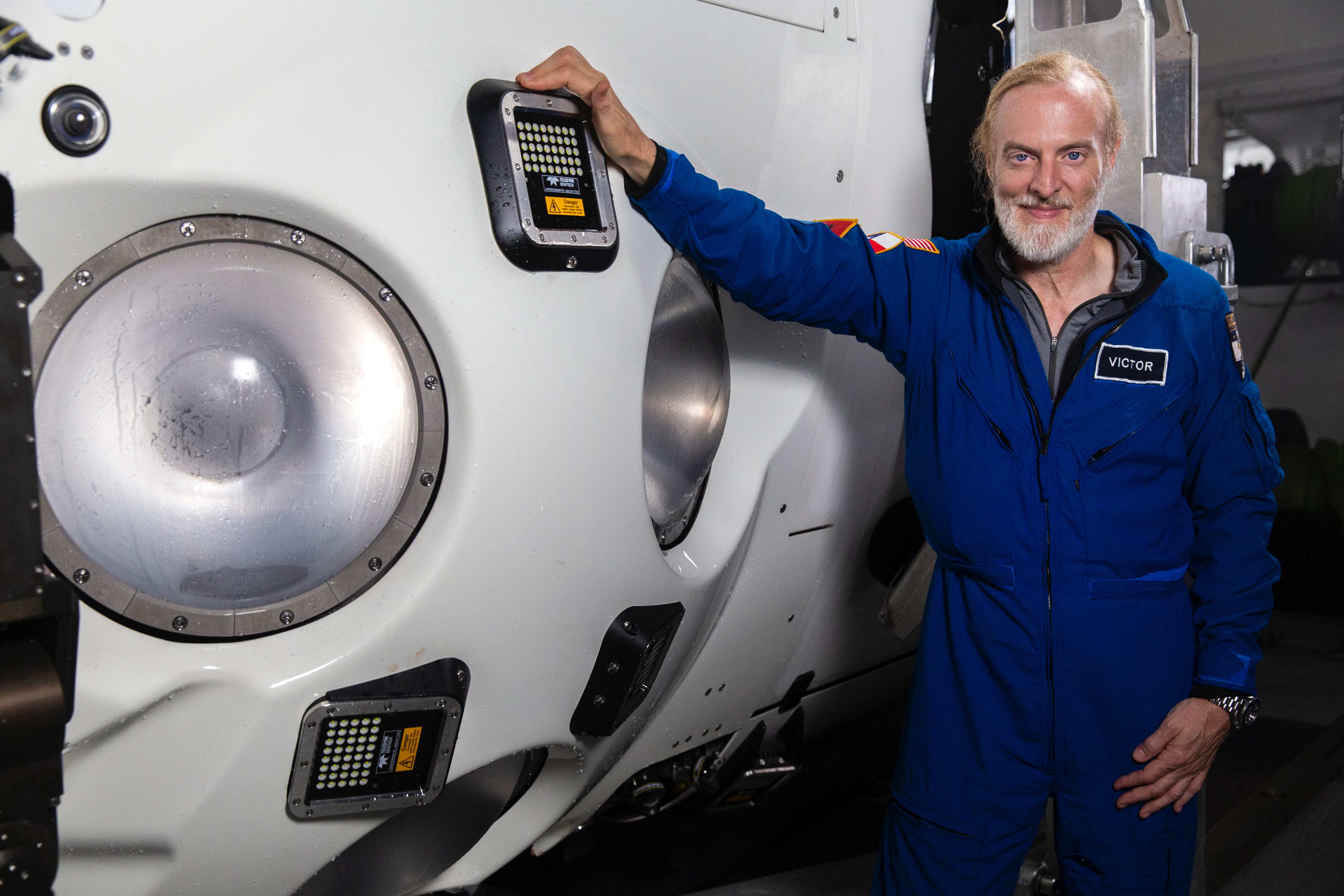
Civilian submersible technology has undergone a huge leap in the last few years, almost exclusively privately funded. The era of deep dives is expressive of a new time of ocean exploration, the Shackletons or the Cousteaus of the 21st century, as billionaires such as James Cameron, Richard Branson, Eric Schmidt and the Packer family have now spent more on ocean exploration than the US government.
Experts say greater knowledge about what submersibles can do, and programmes such as David Attenborough’s recent BBC series Blue Planet II, has led to a spike in the number of submersible purchases.
According to Florida-based manufacturer Triton, as many as 30 were sold industry-wide in 2017, with price tags of up to US$30 million. In parallel to the space race, which sees billionaires such as Jeff Bezos and Elon Musk pitted for dominance above Earth, other ultra-wealthy individuals are looking to leave a legacy below the waterline. More than 80 percent of our ocean is unexplored and unmapped, and we know less about it than space.
“Personal submersibles for private yacht owners have enjoyed steady growth over the last two to three years,” says Patrick Lahey, founder of Triton Submarines, which now sells around six submersibles annually. He adds while many clients start off using the submersibles for leisure, increasingly they are using them to support marine science and filming projects. “Submersibles provide our clients with legacy opportunities when they are used to support scientific endeavours aimed at furthering our knowledge and understanding of the ocean.”
Triton currently has several ground-breaking submersibles under construction, including a six-seater that can dive to 1,000m and a three-seater capable of diving to 2,300m. It is also building the first contemporary tourist submarine in over 20 years, equipped with a transparent cylindrical pressure hull, to carry 24 passengers and two crew members to depths of 100m.

The Five Deep vessel (c) Five Deep
According to submersible pilot Ofer Ketter, the trend for ocean submersible going has risen hand in hand with conservation efforts. He recalls leading a submersible dive trip in the Sea of Cortez off the coast of Mexico 10 years ago, organised by a Cocos Island-based adventure dive operator, Undersea Hunter, one of the first private companies pioneering conservation using submersibles.
The whole team was excited at the prospect of seeing coral and sea life at greater depths than ever before. With some marine biologists on board, Ketter drove the submersible down to 1,500ft. What they saw came as a shock.
“It was supposed to be about sharks and reefs but there was nothing but ghost fishing nets and bare rock,” he says. The expedition had a positive ending though. Examining the sub’s footage, the marine biologists discovered an image of a grouper that had been thought over-fished to extinction. But this particular grouper was now living at greater depths, where it could not be touched by fishing.
“Using the log of the submersible we were able to retrace our steps back to where we had seen the grouper. As groupers are territorial fish, it was still there. We were able to conduct ground-breaking research, which led to conservation efforts.”
Since then, Ketter has also discovered the first deep shark species ever recorded: the prickly shark (echinorhinus cookei) on the Cocos Island; the first-ever record of the deep-sea chimaera (a rare deep fish) on Guadalupe Island off Mexico; and new species of coral in Chedra Wasih Bay, West Papua, all through the windows of a submersible.
EXPLORER YACHTS
Naturally, the trend in submersible exploration comes with a demand for explorer yachts. Gone are the days when all yacht owners wanted was a gentle summer on the Mediterranean coast. Many are seeking to add meaning to their holidays by adventuring to remote locations, sometimes for research purposes.
Luxury travel agencies such as Cookson Adventures report a flurry of interest in explorer yacht charters, complete with submersible on board: another ripple from the ‘Attenborough effect’. Cookson offers yacht and submersible packages to the Antarctic peninsula, the Micronesian archipelago of Palau and the Bahamas, accompanied by dedicated environmental experts and guides. The starting cost is around US$500,000.
This year will see the inaugural edition of the Explorer Yachts Summit in Monaco, while the superyacht market itself is predicted to grow at a compound annual growth rate of 5.3 percent between 2018 and 2026, attributed in part to the popularity of explorer craft.
One of the most cutting-edge examples of an explorer yacht in private ownership, Russian billionaire Oleg Tinkov is building a 77m icebreaker yacht, named La Datcha, due for completion next year. The six-deck expedition yacht will have room for a separate research vessel, as well as a submarine, two snow scooters, two helicopters and a dive-support vessel, as well as every luxury thinkable from Jacuzzis to a fully equipped gym. According to Forbes, Tinkov plans to sail her across the Mediterranean, the Seychelles, Madagascar and then the Kamchatka and Kuril Islands, and on to the Antarctic in January 2021. When Tinkov is not on board, it will be available to rent for €690,000 per week. Bill Gates has reportedly already put his name down for a three-week excursion.
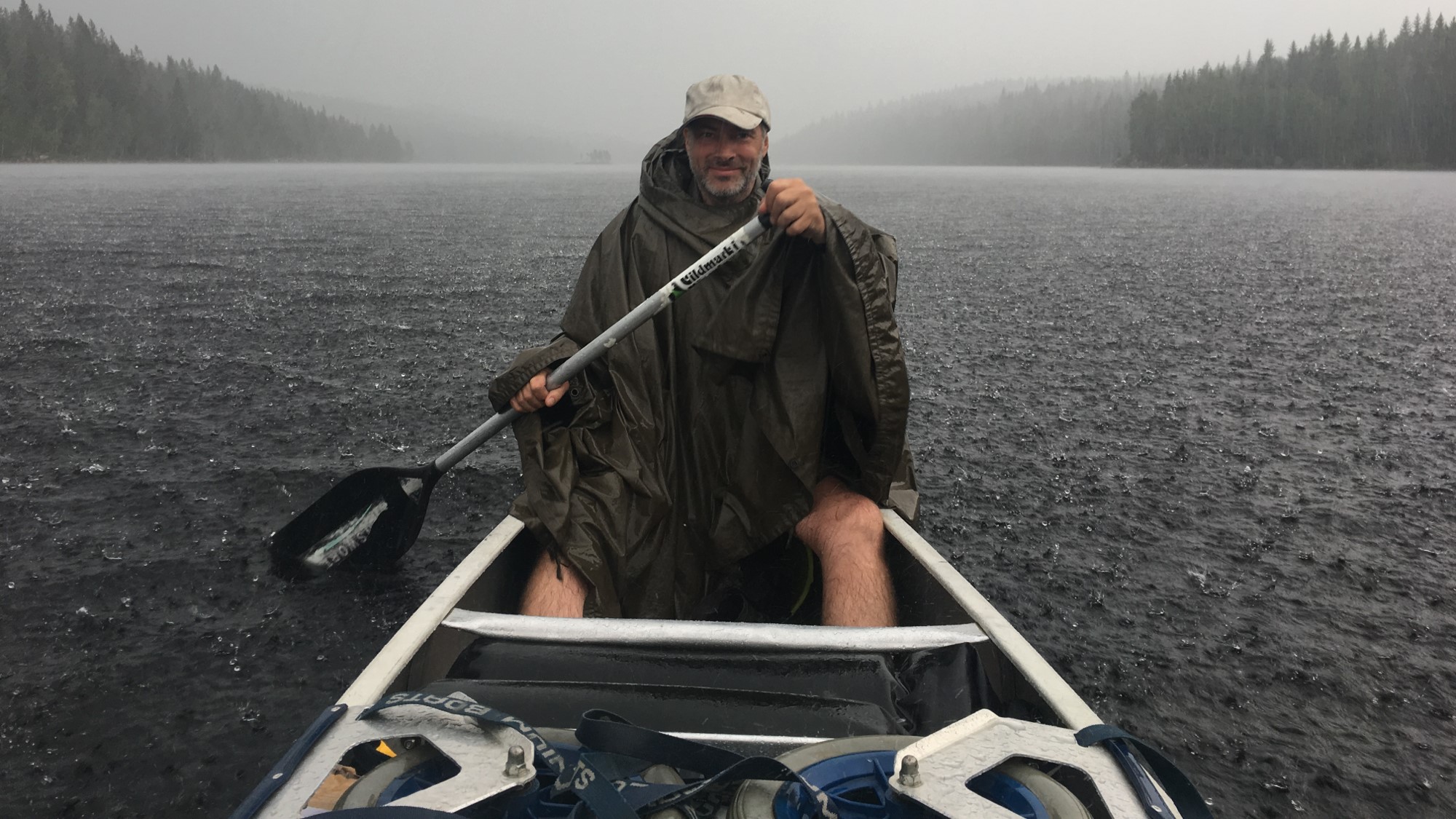
Meanwhile, British tech entrepreneur Jasper Smith this year launched Arksen, a sustainable yachting vessel with conservation at its core. Arksen owners will dedicate 10 percent of their vessel’s time to projects that the Arksen Foundation collectively supports, allowing scientists and filmmakers access to a fleet of vessels from which to run their projects. As a statement of intent and a sign of Arksen’s commitment to the environment, Arksen has signed up to ‘1% for the Planet’, an international organisation whose members commit to donating the equivalent of one percent of annual sales to support environmental causes.
To commission an Arksen boat will cost from £5 million upwards for the 20-30m range. Build commences in summer 2019 at the Wight Shipyard in Southampton, UK, with official completion of the first vessel a year later (the first boat is pre-funded). The vessels are designed by naval architect Humphreys Yacht Design.
Smith says: “Owning an Arksen vessel is not a status symbol. It is a statement of intent.” Using his gaming and tech experience, Smith’s long-term aim is to send ‘unmanned’ and autonomous vessels across the world for research purposes.
He adds: “With the vast majority of the sea floor unmapped, huge areas unexplored and two-thirds of our planet being water, there are multiple discoveries to be made that could significantly influence how we approach the challenge of saving our planet.”
This article originally appeared in Billionaire's Earth Issue, September 2019. To subscribe contact




